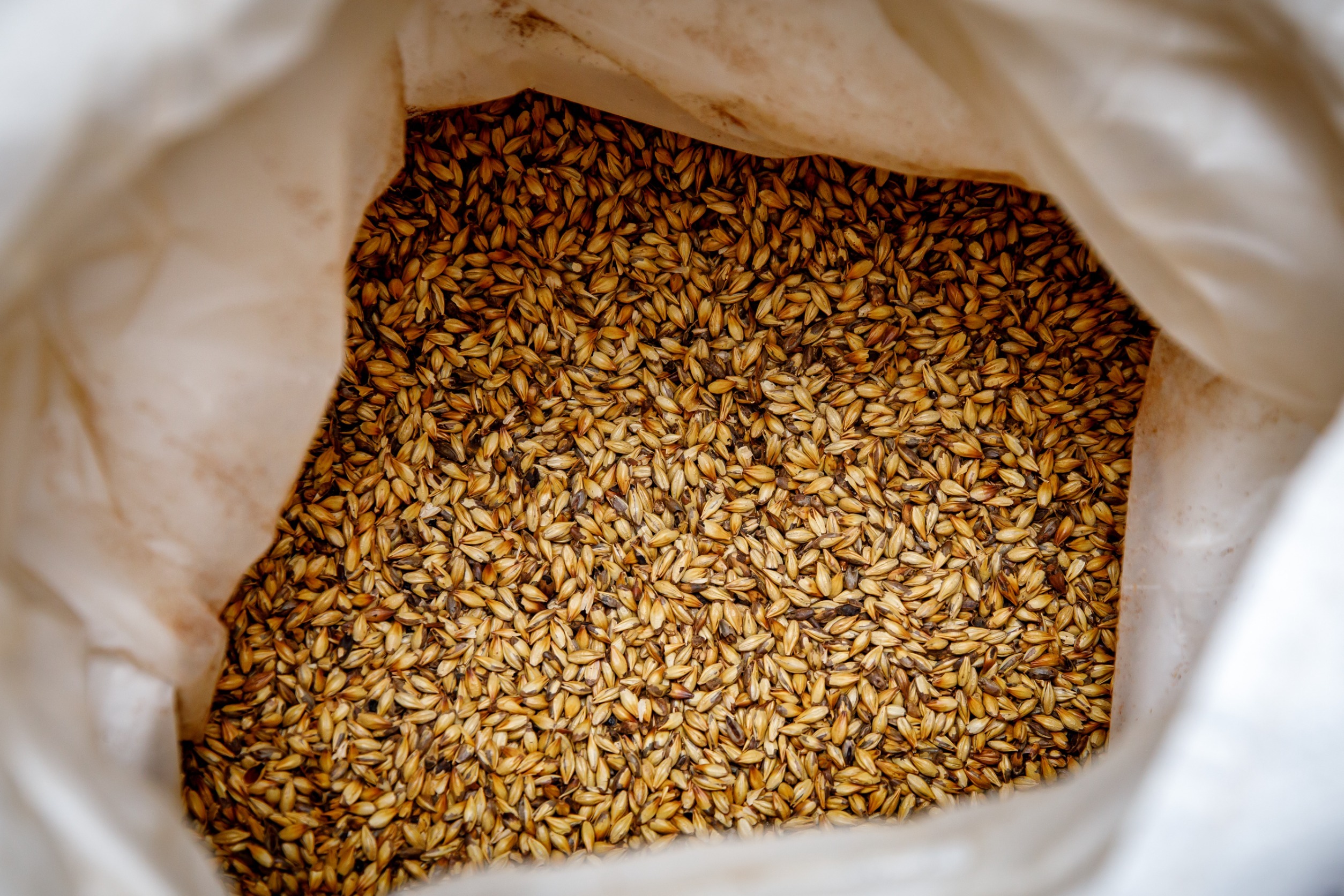The use of unmalted barley in brewing is a traditional and versatile approach that adds complexity to beer recipes and offers several benefits to brewers. While malted barley is the primary source of fermentable sugars in beer, unmalted barley, often referred to as raw barley or adjuncts, can contribute unique flavors, mouthfeel, and nutritional characteristics. In this exploration, we’ll delve into the use of unmalted barley in brewing, its applications, and the various benefits it brings to the brewing process.
Characteristics of Unmalted Barley
Unmalted barley is barley that has not undergone the malting process, which involves germination and drying. Unlike malted barley, which has activated enzymes ready for mashing, unmalted barley retains its natural enzymatic potential. The grains have a raw and slightly grassy flavor, and they contribute distinct qualities to the beer when properly incorporated into the brewing process.
Applications of Unmalted Barley in Brewing
a. Adjunct in the Mash:
- Unmalted barley can be added to the mash alongside malted barley to contribute enzymes for starch conversion. This is particularly useful in all-grain brewing where the brewer wants to enhance the enzyme activity in the mash, aiding in the breakdown of starches into fermentable sugars.
b. Flavor and Mouthfeel Enhancement:
- Unmalted barley can impart a range of flavors to the beer, including nutty, toasty, and biscuity notes. Additionally, the husk material in unmalted barley can contribute to a fuller mouthfeel and enhance the beer’s body, which can be desirable in certain styles.
c. Color Adjustment:
- Unmalted barley can influence the color of the beer, adding shades of gold or amber. This can be particularly relevant in the production of certain beer styles where color plays a role in defining the characteristics of the beer.
d. Specialty and Craft Beer Styles:
- Craft brewers often experiment with unmalted barley to create unique and distinctive beer styles. From farmhouse ales to experimental brews, the use of unmalted barley allows for creativity and innovation in the brewing process.
Benefits of Using Unmalted Barley in Brewing
a. Enzymatic Activity:
- Unmalted barley contributes enzymes, particularly amylase enzymes, to the mash. These enzymes aid in breaking down starches into fermentable sugars. When used alongside malted barley, which also provides enzymes, the brewer can achieve a more efficient starch conversion during mashing.
b. Flavor Complexity:
- Unmalted barley adds complexity to the beer’s flavor profile. The raw, slightly astringent, and nutty characteristics of unmalted barley can complement other malt flavors, contributing depth and nuance to the final product. This is particularly relevant in styles where a rustic or traditional character is desired.
c. Mouthfeel and Body:
- The husk material in unmalted barley can contribute to a fuller mouthfeel and increased body in the beer. This is valuable in styles like stouts and porters, where a rich and substantial texture is often sought after.
d. Color Adjustment:
- Unmalted barley can influence the color of the beer, adding warmth and depth. Brewers can use unmalted barley strategically to achieve specific color targets, contributing to the visual appeal of the beer.
e. Nutritional Content:
- Unmalted barley retains more of its natural nutrients compared to malted barley. This can be beneficial for yeast health during fermentation, providing additional nutrients that contribute to a healthy and vigorous fermentation process.
f. Cost-Efficiency:
- Unmalted barley is often less expensive than malted barley. Using unmalted barley as an adjunct can be a cost-effective way for brewers to achieve certain flavor and textural characteristics without relying solely on more expensive malted grains.
g. Creativity and Innovation:
- Craft brewers, in particular, appreciate the freedom and creativity that comes with using unmalted barley. It allows for experimentation and the development of unique beer styles that stand out in a competitive market.
Brewing Considerations When Using Unmalted Barley
a. Enzyme Balance:
- The addition of unmalted barley should be carefully balanced with the malted barley in the grist to ensure an adequate supply of enzymes for starch conversion. The brewer may need to adjust the ratio based on the desired beer characteristics.
b. Husk Content:
- While the husk content in unmalted barley can contribute to mouthfeel, it’s essential to monitor the lautering process. Excessive husk material can lead to lautering challenges and potential astringency. The use of rice hulls or other lautering aids may be necessary.
c. Grain Handling:
- Unmalted barley may have different physical characteristics than malted barley, requiring adjustments in grain handling and milling. Brewers should consider the impact on lautering efficiency and adjust their milling process accordingly.
d. Testing and Iteration:
- Due to the variability in raw barley, brewers are encouraged to conduct small-scale tests and iterations when incorporating unmalted barley into their recipes. This allows for adjustments based on sensory evaluations and ensures consistency in the final product.
Examples of Beer Styles Using Unmalted Barley
a. Irish Stout:
- Unmalted barley, often referred to as flaked barley or roasted barley, is a key ingredient in traditional Irish stouts. It contributes to the rich mouthfeel and enhances the dark color of these iconic beers.
b. Belgian Saison:
- Some Belgian farmhouse ales and saisons incorporate unmalted barley to add rustic and earthy flavors. The use of raw grains aligns with the historical and agricultural aspects of farmhouse brewing.
c. Experimental Ales:
- Craft brewers often use unmalted barley in experimental ales, such as barrel-aged or mixed-fermentation beers. The unique flavors and mouthfeel contributed by unmalted barley can create distinct and memorable brews.
The use of unmalted barley in brewing is a dynamic and creative approach that offers brewers a range of benefits, from enzymatic contributions to flavor complexity. By understanding the characteristics of unmalted barley and carefully incorporating it into the brewing process, brewers can achieve unique and distinctive beer styles that captivate the palate. Whether seeking to enhance mouthfeel, experiment with flavor profiles, or simply embrace tradition, the use of unmalted barley adds a layer of artistry and innovation to the craft of brewing.


Leave a Reply